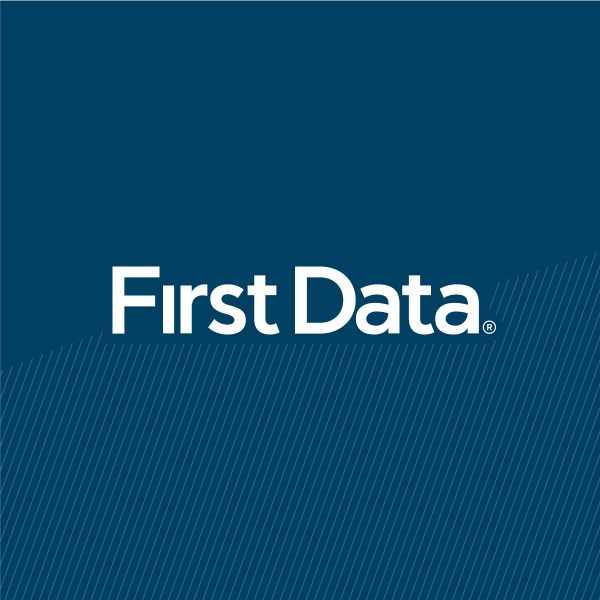Author: toddstacy
President of Puruz Services

While there are many variations and terminology that differs per processor there are some universal ways to determine your rates and whether you should be paying less. But first, what is Interchange?
Interchange is simply the rates Mastercard/Visa/Discover and possibly AMEX charge, not one is immune regardless of what they try to sell you, unless you are a billion dollar company like CVS. However, Interchange does not really come into play if you are on tiered pricing. One thing I always tell our clients is, ‘you always pay more on tiered pricing’. I might go into that on another post, but for now we are only going to deal with Interchange pricing. So Interchange is not something a processor can go lower on. It is what it is. Sometimes, though, they can be sneaky and upcharge the Interchange rates.
So if Interchange is what it is, why do some businesses pay more than others? The guy/gal selling you the credit card processing needs to feed their family too. So if they just gave you the processing at Interchange rates they would technically be losing money. So let’s back up to what is going on when someone swipes a card (or insert for chip reading now).
Whether you run a card through a POS or a basic terminal something needs to say there is money on this card or not and that is the processing bank of which there are only 28 in the US such as Wells Fargo (everyone’s favorite bank). Contrary to popular belief, Bank of America, is not one of them.
The Processor such as First Data handles and tracks the charge once the Processing Bank accepts the transaction. You get your batches directly from First Data. However, First Data probably isn’t the company you signed up with. That would be an ISO (Independent Sales Organization) that writes deals through First Data.
Most banks, hand off the processing to an ISO. Big banks like BoA might do it in house but they are really writing the deals through First Data like an ISO BoA, of course, gets a cut and even upcharges a bit more. Personally, I have seen BoA statements in the 5% range. BoA mainly goes after new businesses that need guidance on things like processing as it’s all foreign to the new business owner. They will try to lock you into a lease with a terminal for about $40 a month for 4 years and before you know it you can’t survive because the costs just to have a credit card terminal is obnoxious. Oh and by the way, a brand new terminal like the PAX S80 is only about $150, compare that to BoA trapping you into a 4 year lease for $40 a month which comes to a total of $1,920. So just say no to leasing a terminal no matter how sweet the sales person sounds!
So what is a good comfortable rate for my business? Well that depends what you sell and how much of it. There is two main things to look at: average ticket and transactions. For example, you might be a retailer that has an average ticket of $40 with 300 transactions doing $12,000 a month in credit card volume or a coffee shop with an average ticket of $10 doing 1200 transactions for the exact same volume. What works for one type of business is not going to work for another. A traditional credit card processor could have the retail outlet at 2.5% and that would be a solid rate, but there is no way to effectively get the coffee shop to anything close to that and a traditional processor probably isnt the best fit with a business with such a low average ticket and high transactions. The coffee shop under $10 would be better to have Square and their flat rate of 2.75% and no monthly fees.
A traditional processor like First Data is best suited for average tickets of $15 or higher as this is where they beat Square. To find out what your rate is take all your charges for the month and divide that by all your credit card volume for the month. So if you did $50,000 in credit card charges and you paid $1,200 in fees your effective rate is 2.4%. The higher your average ticket coupled with more transactions the lower your effective rate with be. A restaurant doing over $100k with several thousand transactions per month could be looking at 2% or lower. What could hurt your rate is the type of card you take, do you take many business cards, AMEX or international cards? These cards have dramatically higher interchange rates. AMEX used to be the most expensive card for a business to accept but in recent years the rates have been more competitive.
Want more info? Got Questions? Puruz Services is here to help…